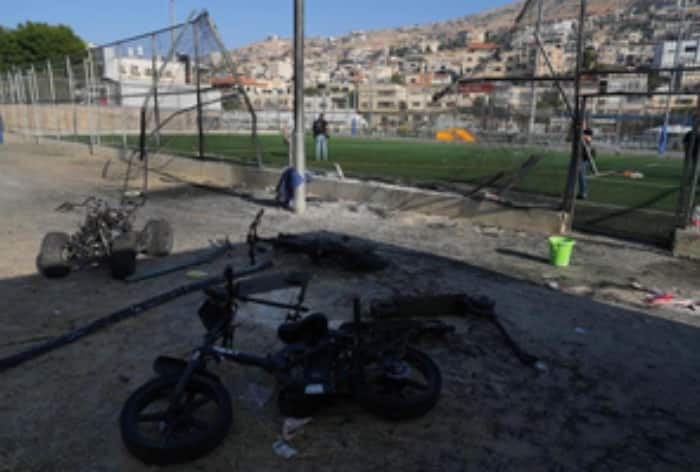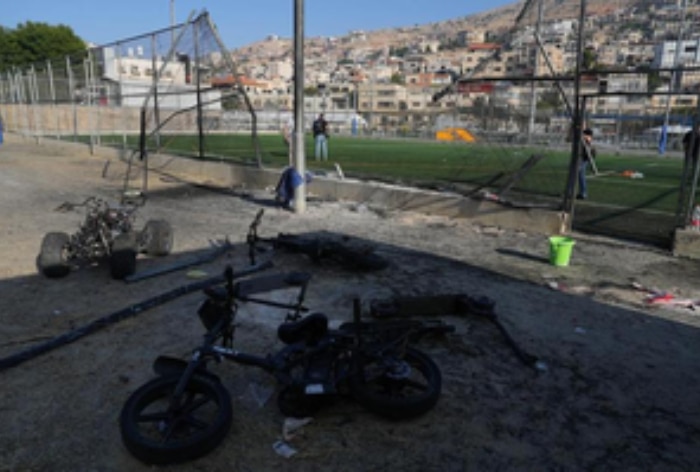Lebanese Foreign Minister Abdallah Bou Habib has called for an investigation into the July 27 attack on the Druze town of Majdal Shams in the Israeli-controlled Golan Heights, which claimed the lives

Lebanese Foreign Minister Abdallah Bou Habib has called for an investigation into the July 27 attack on the Druze town of Majdal Shams in the Israeli-controlled Golan Heights, which claimed the lives of 12 people. The Golan Heights, partially captured by Israel from Syria, holds significant geopolitical importance.
Following the 1967 Arab-Israeli war, during which Israel gained control of approximately two-thirds of the plateau, Israel annexed the area in 1981. This move has not been recognized by the international community, with the exception of the United States since 2019.
Rich in water resources, the Golan Heights overlooks northern Israel’s Galilee region and the Sea of Galilee, while also dominating the route to Damascus on the Syrian-controlled side. As per an AFP report, the Golan, the region’s biblical Hebrew name, or Jawlan in Arabic, has been coveted by empires and foreign rulers for millennia.
Throughout history, the region has been occupied by various powers throughout history, including Herod, the Franks, and the Ottomans. It was eventually incorporated into Syria, which gained independence from France in 1946. On June 9, 1967, Israel secured control of the bulk of the territory following fierce battles with the Syrian army, who launched their attacks from lower positions.
During the 1973 intense war, Israel seized an additional pocket of approximately 510 square kilometers (nearly 200 square miles). However, under an armistice agreement the following year, this territory was returned to Syria along with a small portion of the area occupied in 1967. The 1974 agreement established a demilitarized buffer zone, and since then, a UN observer force has been monitoring the ceasefire line on the Golan Heights.

